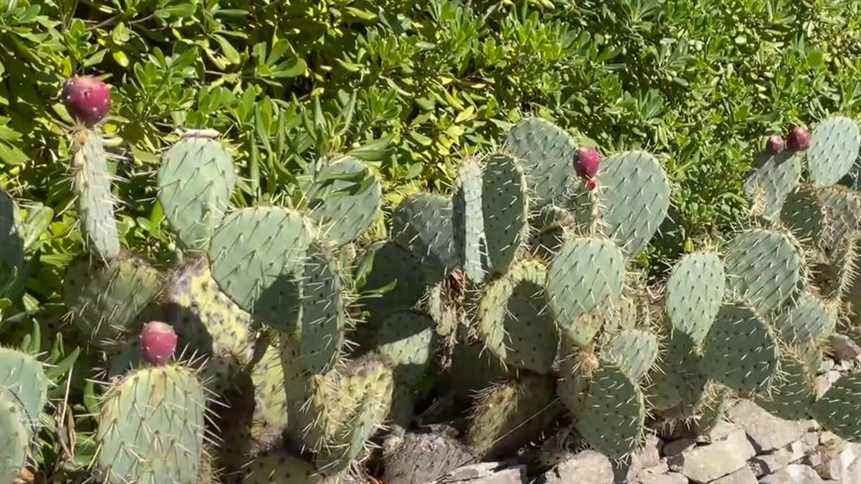The opuntia ficus indica is a cactus, but its fruits are eaten! To cultivate it, follow the advice of our gardener, Roland Motte.
Opuntia is better known by its common name prickly pear. It is part of the cactus family, but its fruits are edible. Roland Motte, the gardener of France Bleu Sud Lorraine and France Bleu Besançon, tells you all about the prickly pear.
The origins of the prickly pear
Prickly pear is also called Opuntia ficus indica. The prickly pear is part of the very large Cactaceae family, the Cactus. And in this family, it belongs to the Opuntia genus, which includes nearly 250 species with many varieties. Our prickly pear is originally from Mexico. It has been found in Europe since the 15th century. You will inevitably come across him very spontaneously, all around the Mediterranean.
Caring for your prickly pear
Its needs are the same as those of the cactus, starting with full sun. It likes sandy soils, even stony, but in any case very well drained. Water should not stay around its roots. We will use it as a defensive hedge in the south of France. Further north, you can put it in a bin. It can also be isolated on an old wall, but always in the South.
To multiply it is quite easy. We will separate the rackets, its large leaves. Like all cacti, it is very susceptible to rotting due to excess water. Opuntia ficus indica, the prickly pear has a particularity, it is that it is still quite resistant to cold. It can hold up to minus 5 or minus 10°C. Minus 10°C, provided you have well-drained soil. If it has ever taken a cold snap, a bit of a strong frost, we will cut the plant down to the base and it will start again. On the other hand, if it has caught a cold, it will take several years for it to bloom again.
Picking opuntia fruit
There are several types of prickly pears, with different shapes and colors. You can find white, orange, red, yellow. Some varieties of fruit can reach 200 grams, but on average it is more like 100 grams. Some Opuntia have fruits that are not very good, and even inedible. It obviously depends on the varieties. The fruits are harvested from August until September. It is best to pick them while they are still on the plant, taking care not to sting yourself. When they are on the ground, they are too ripe and are therefore no longer edible.
– Roland Motte
If you are not in the right area, if there is too much water, too cold, don’t worry, you can put them in pots and keep them in the veranda during the winter.
Find Roland Motte on France Bleu Lorraine and France Bleu Besançon and on his website www.rolandmotte.fr.
